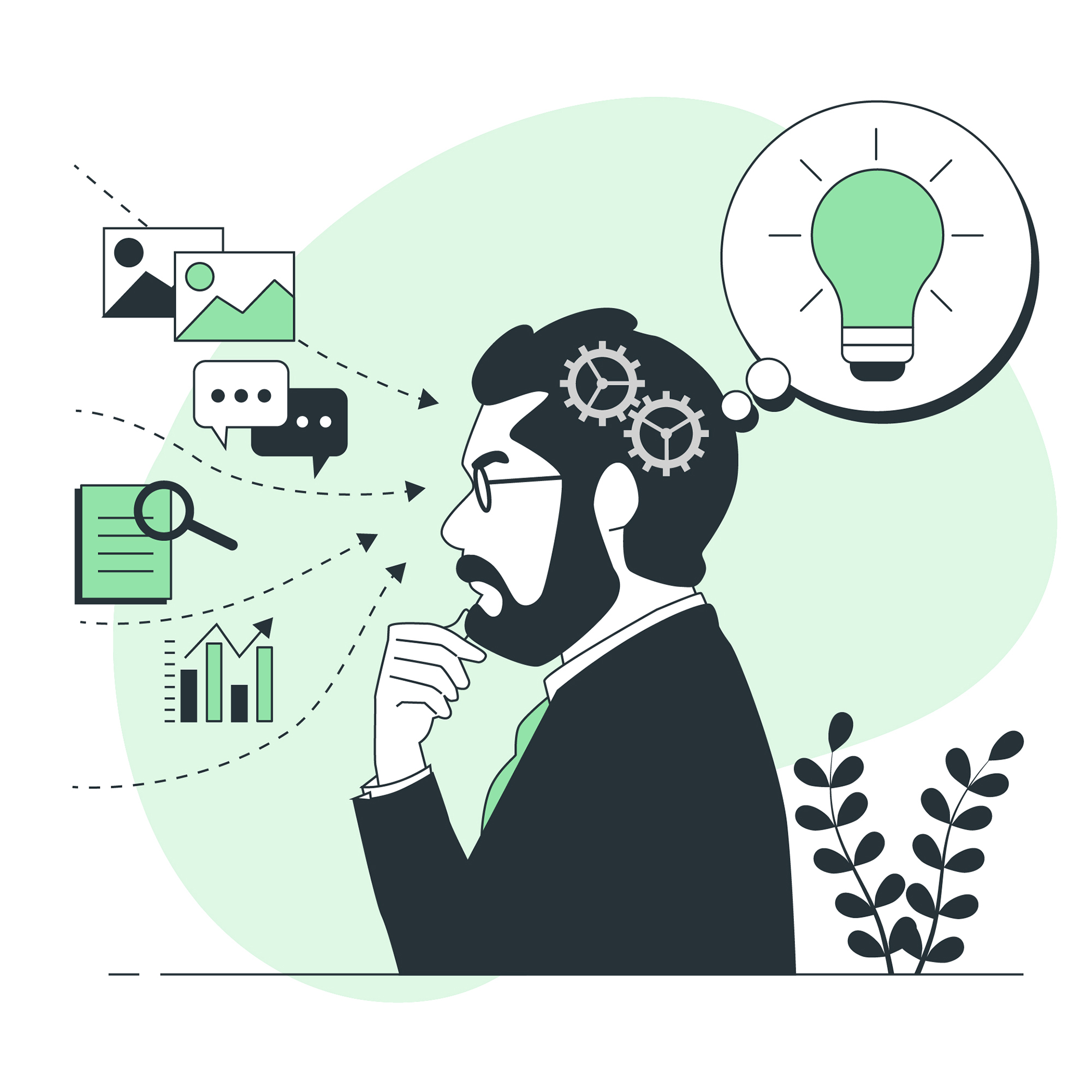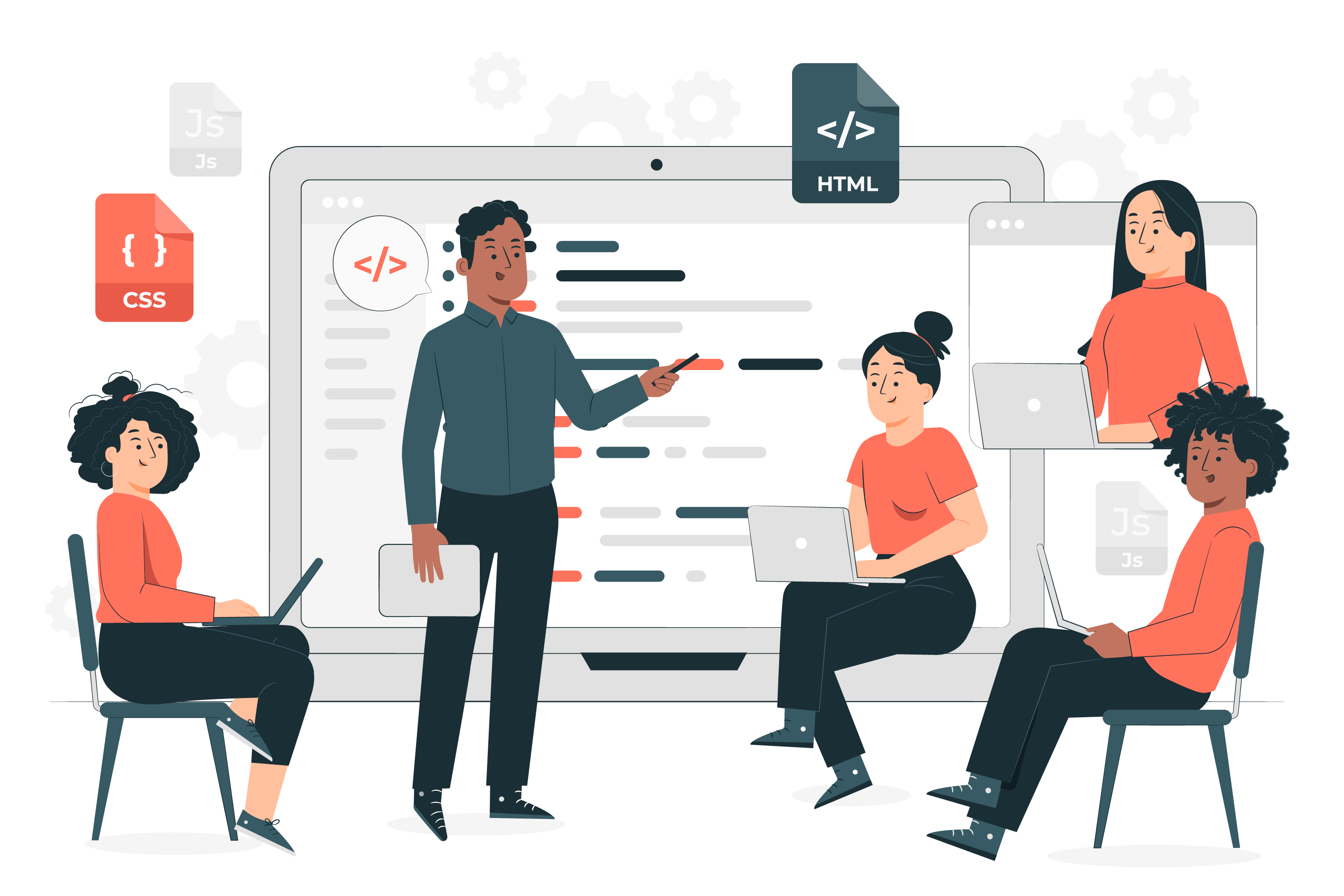This article was published as a part of the Data Science Blogathon.
Introduction
The ability to reimplement a skill or knowledge from one, the original knowledge bearer, to a new knowledge “needer”, is referred to as transfer learning. These could be skilled in math, music, or cookery. In this post, we will discover how this idea has been applied to building machine learning models.
Data science knowledge is needed to understand the details of how TL works. The idea necessitates ideas like neural networks and computer vision because these are terms that are frequently used in the industry. The learner should have been exposed to the concept of machine learning in training and developing models to grasp transfer learning concepts. Transfer learning should be a technique that may be used on machine learning models, not a different kind of machine learning.
What is Transfer Learning?
Transfer learning is the reuse of a model that has already been trained on new models comparable to them by emulating new qualities. New models are trained and tested using the pre-trained model and then used in related situations without having to start the process from scratch. It’s crucial to note that the two problems ought to be as related as possible.

An illustration is applying the skills learned to identify vehicles to the scenario of identifying trucks. Another example is applying the skills learned in identifying phones to identifying tablets. Or in recognizing novels and textbooks. Instead of starting from scratch, we just continue using the patterns we’ve already mastered from completing a comparable activity. With a few minor differences, transfer learning appears to be attempting to lessen the necessity of resolving old issues in new ways.
The principle of Transfer Learning and Non-generalization of Models
According to some experts, generalizable properties that can be applied to the second task and learned by the initial model are necessary for transfer learning to be successful. Also, asserting that the dataset used in both models must be comparable.
Data scientists may assume that training machine learning models does not require generalization and must be avoided. A model developed using data from a certain domain cannot be used for production in another domain. For instance, a weather dataset to train a model to predict the weather will prevent it from being used to predict sales. This is a known hypothesis, both intellectually and practically. This should be established as the norm to get the best results, except that the lack of datasets will likely be one of the main obstacles to data science. This has made it difficult for data science initiatives to be completed in some fields with a paucity of data. The option to attempt using an earlier trained model is then presented to assist in making predictions in failing fields. With a few specialized strategies, transfer learning now offers a means of accomplishing this.
Transfer learning may not be necessary for other reasons, despite that it appears to have some clear advantages. For instance, constructing models without good computing or environment has long been a problem.
The ability to slightly relax the prohibition against generalization is provided by transfer learning. The quest for generalization is the main core of transfer learning. We employ the power of transfer learning to adjust and reap greater benefits by overcoming most prior endeavours, rather than strictly forbidding the reuse of past trained models on different problem domains.
A hypothesis called the Theory of Generalization of Experience was put forth by a guy named Charles Judd. It claims that what is learned in task “A” is transferable to task “B” because while studying “A,” the learner learns a general concept that applies partially or entirely in both “A” and “B.” Similar to how two models from two distinct problem areas may have learned independently while employing the same variable and constraint behavior. Transfer learning still has limits in situations where there should be a relationship between the two models. This means that we cannot combine completely separate models.
When to Use Transfer Learning?
When time is of essence Time
The time required to obtain new data and train new models from scratch is reduced by the availability of pre-trained models ready for reuse. It can take a lot of time and money to do this.
Availability of Datasets
A lot of data is needed to train machine learning models from scratch. It is a common issue to run out of this data quickly. Transfer learning can produce efficient and effective models that perform like a normally trained model even when the data is not originating from that domain. For the neural network’s final layers to be trained, only a small amount of data is needed.
Improved performance
In addition to advancing and saving time, TL can enhance model performance. Comparatively, transfer learning might lead to the development of better-performing, more efficient systems. A model may perform better with transfer learning (TL) than its opulent original abundance, even if none of the negatives that may motivate its use is present. This improves performance and fortifies conventional machine learning models.
Memory
High levels of computational power might be needed, for instance, in computer vision. The majority of students and startups might not have this privilege. The difficulties of weak memory can be temporarily alleviated by the application of transfer learning techniques. Because of this, applications for neural networks are in memory-intensive domains like natural language processing, computer vision, and image processing.

As previously noted, memory has caused the use of TL in memory-intensive fields like Natural Language Processing (NLP). The practice of NLP involves creating tools for processing and comprehending human language. This eliminates the communication gap between people and computers. Technologies like voice-to-text converters, personal assistants like Google Assistant, language translators, etc. have been made possible by this.
The TL is also used in ANNs, or artificial neural networks. This relates to the area where we attempt to model the functioning and execution of the human nervous system. Deep learning aims to use this technology. This has led to the development of several pre-trained models that can be used for transfer learning to speed up the procedure.
How does Transfer Learning Work?
Finding a suitable pre-trained model that complements the new model to be trained may be the first step toward building a transfer learning model. The final network layers must then be frozen to prevent the loss of the knowledge that initially drew us to them. After that, we add a new trainable layer to the network and train it. Finally, we perform analyses and perfect them to ensure they accurately reach their objectives.

Various libraries have been created to aid transfer learning operations depending on the dataset type or the method the models were built using. Neural networks in computer vision work by first identifying edges in the image, then taking into account shapes and some strict features in the later layers. Here’s why we must employ comparable models: To avoid retraining the entire model and losing the advantages of transfer learning or altering the earlier layers of the networks, we can only train the final layers of the networks.
Types of Transfer Learning
TL may be divided into various categories according to different studies. For the purposes of this article, we’re mainly interested in three different learning behaviors.
Positive Transfer
The first we will see is when the learning is positive. This quality of learning allows us to essentially accomplish two goals at once. A circumstance in which one learning in A indirectly hones another learning in B. For instance, learning how to play the drums tends to make it easier to play the bass guitar, and learning the keyboard makes it easier to sing in tune.
Negative Transfer
An explanation for negative transfer learning is when learning one thing diminishes the past knowledge gained on other things.
Neutral Transfer (Zero transfer)
This is the middle of positive and negative learning. It neither adds nor removes any past knowledge when done.

Examples of Pretrained Models
A few pre-trained models are created and made reusable in TL. Various pre-trained models have been created using a variety of technologies, including computer vision (media), NLP, and more. On the broad list are;
- AlexNet
- VGG
- Inception
- XCeption
- ResNet
- Word2Vec
- GloVe
- FastText
- ImageNet
Conclusion
Transfer learning processes use the knowledge acquired after solving one problem to teach or train a different but related model. Eg., training a neural network can be time- and resource-consuming, but many pre-trained models can be used as a jumping-off point. Transfer learning can be used to solve many machine learning problems.
Key takeaways;
-
Transfer learning is the reuse of models that have already been trained on new models comparable to them by emulating as many new qualities as possible.
- The Theory of Generalization of Experience is put forth by Charles Judd. which claims that what is learned in task “A” is transferable to task “B” because while studying “A,” the learner learns a general concept that applies partially or entirely in both “A” and “B.”
- Two models from two distinct problem areas may have learned independently while employing the same variable and constraint behavior. This is beneficial to transfer learning.
- Transfer learning can be used when a pre-trained model matches a new model facing some constraints.
- Some challenges that may lead to transfer learning include time, hardware and software, memory, and dataset availability.
- Learning could be positive, negative, or neutral.
The media shown in this article is not owned by Analytics Vidhya and is used at the Author’s discretion.




